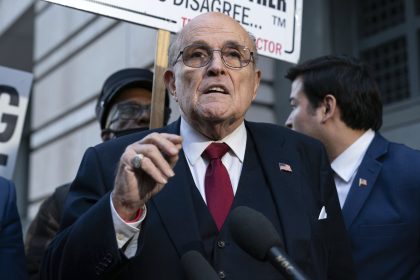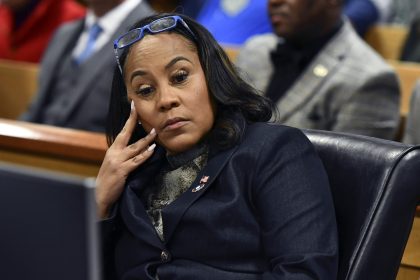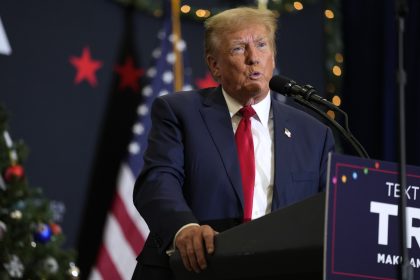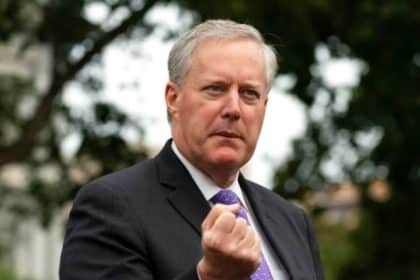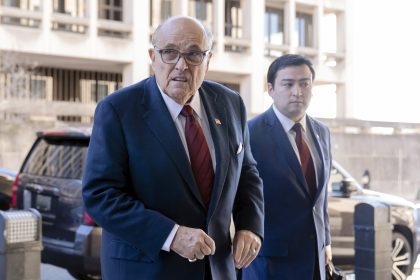Companies Band Together to Turn Out the Vote in the COVID-19 Age
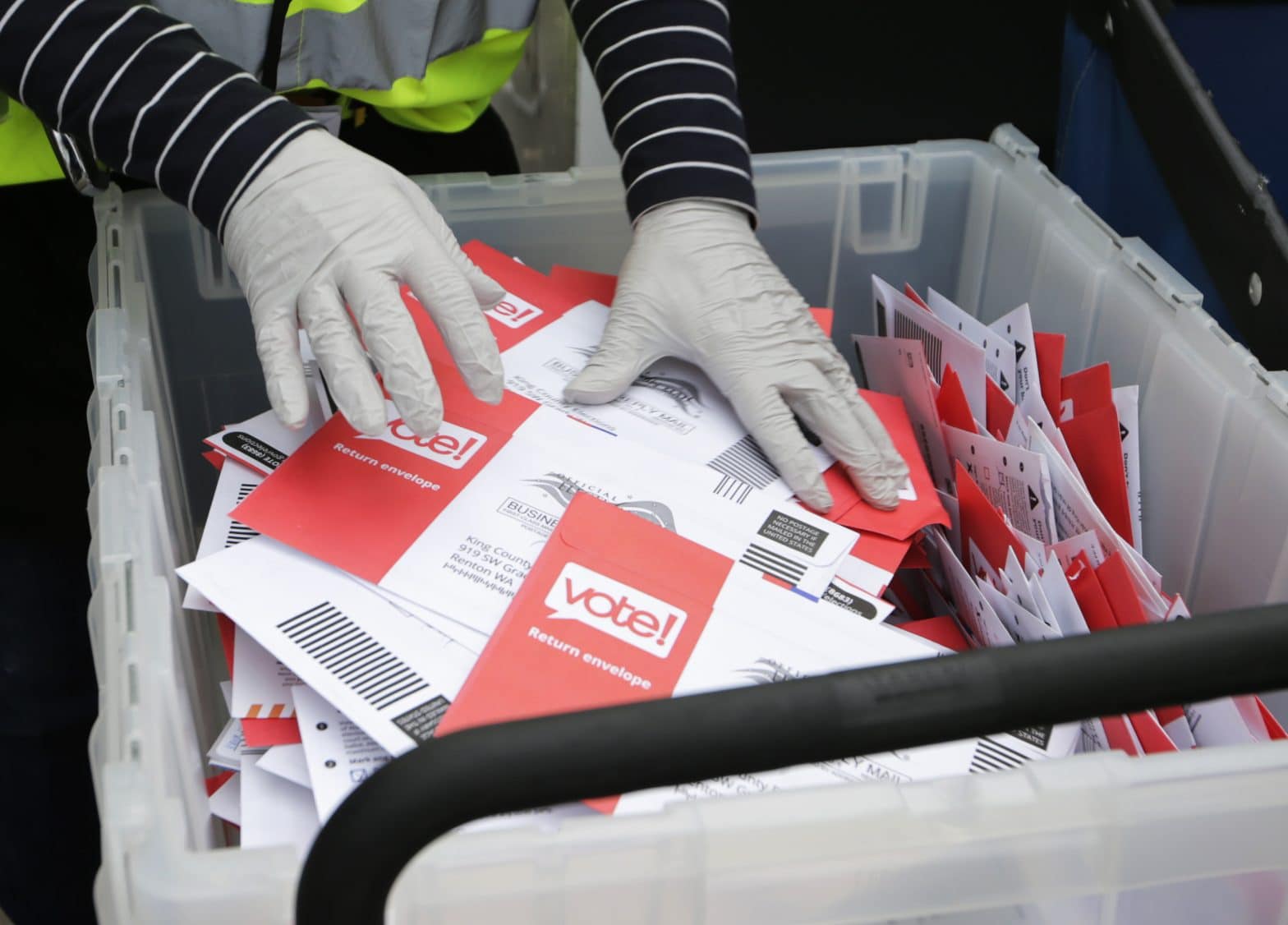
WASHINGTON — Readers of The Wall Street Journal saw an unusual, but timely advertisement in its pages this week — an open letter urging them to encourage their employees to seek absentee ballots or vote early in person to avoid any lingering threat posed by the coronavirus come November.
Among the businesses, advocates and bipartisan election officials behind the $100,000 ad were such household names as ViacomCBS, Twitter, Levi Strauss & Co., and the League of Women Voters.
Weeks earlier, when a pandemic was the last thing on anyone’s minds and primary after primary was seeing record turnouts, the same group launched an effort to establish a new national holiday, “Vote Early Day,” which they hoped would arrest the problem of voter-discouraging lines at the polls.
In addition to establishing Oct. 24 — the Tuesday before the general election on Nov. 3 — Vote Early Day, the initiative seeks to help people stay abreast of their individual state’s laws on early voting and voting rights.
“It’s completely understandable that in this moment the majority of Americans are focused on their health and employment and keeping their family safe, but I think that only heightens the urgency of our effort,” said Lauren Kunis, program director of National Voter Registration Day, an organization dedicated to raising awareness of a litany of voting related issues.
“What we’re doing is working with a lot of nontraditional partners, ranging from United Way and Feeding America to Twitter and Snap and Facebook … to create a coordinated day of action that meets them where they are,” she said.
“At the end of the day, we’re banking on the collective power of our partners to ensure that all Americans are afforded the opportunity to register to vote and cast their ballot,” Kunis added.
According to TargetSmart, a Democratic political data and data services firm, voter registrations surged in the 10 months leading up to the Iowa Caucus, easily outpacing registrations for the same period in 2016.
In August 2016, for instance, an average 30,903 registered to vote every day; In August 2019, that number nearly doubled to 57,433.
In total, over 5.3 million more Americans registered to vote in the 10 months leading up to the 2020 primary than did in the same period in the 2016 election cycle.
That activity plummeted in March when the majority of the nation’s stay-at-home orders were issued.
“The challenge in this moment is that traditionally the majority of voter registration activity comes through interactions with the Department of Motor Vehicles, and after that, through third-party interactions outside of public libraries or farmer’s markets,” said Tammy Patrick, senior advisor to the Elections Program at The Democracy Fund, a bipartisan foundation.
“All those activities are kind of put on hold right now,” she said.
A day before speaking with The Well News, Patrick participated in a webinar on this subject with the National Conference of State Legislators.
“What I told them is that they need to be looking at the voter registration systems they have in place and if they don’t have online voter registration in addition to by-mail ballot applications, there are things they are going to need to be contemplating,” she said.
“Of course, in this moment there is not a lot of money available to make much advancement in some of these areas, but there’s a real downside now to not having adopted things like automated or automatic voter registration,” Patrick continued.
“And what I said was, states that adopt or have adopted some of these voter registration policies — including joining ERIC, the Electronic Registration Information Center — will be in much better shape, in terms of holding an election, than those that haven’t,” she said.
Patrick went on to explain that the Electronic Registration Information Center is essentially a database that allows states to check and see whether a prospective voter is actually registered somewhere else.
ERIC is a non-profit organization whose mission is to assist states in improving the accuracy of America’s voter rolls. It can also be used as a tool to identify and reach out to people who are unregistered, but appear to be eligible to do so in their state, she said.
Kunis said one of the things she’s most excited about in this moment is the opportunity it has opened up to work with a lot of new, national level partners when it comes to voter registration and voting advocacy.
As it happens, many of them are right on the front lines of fighting back against the COVID-19 crisis.
“For Instances, there’s Feeding America, which I believe is the nation’s largest network of food pantries,” she said. “They committed to doing voter engagement this year, and they are making sure that the growing number of people who are visiting their pantries are also being made aware of voter registration opportunities and the need to do so.
“We are also working with a new group called Vote ER, which is a network of emergency room physicians who are piloting a touch-less voter registration tool and integrating voter registration forms into discharge paperwork,” Kunis continued.
State policies — apart from the coronavirus and the response to it — are also fueling innovation on the voter registration from.
“There are states that, pandemic or not, are just going to be very resistant to changing their voting policies,” Kunis said. “In those cases we support our partners by helping them understand what is possible in their state and how they can adapt accordingly.
“For instance, Texas has one of the most stringent voter registration laws in the country, and we’re just not going to get lawmakers there to embrace online voter registration. So we’re providing support to partners there to help them use virtual outreach to activate their communities and get people to fill out paper forms.
“I’ve also heard some really interesting ideas pop up in the past few weeks, like groups having Zoom parties at which participants can fill out paper voter registration forms together,” Kunis said. “In another case, in another state that does not have online voter registration, there’s a group that has a dedicated Google voice line open 24-7 to answer voter registration and other voting related questions.”
“So even in states where things are relatively more difficult, there are still ways of bringing new voters into the process,” she said.
As it stands now, the 68 businesses and national organizations who are participating in the voter registration and participation drive have been joined by over 500 community groups from across the nation.
“All of them have committed to organizing voter registration drives on September 22, doing whatever makes sense in their particular states, whether it be online or in person,” Kunis said.
“It’s really encouraging,” he said. “Having that big a response, this far out from National Voter Registration Day and Vote Early Day speaks volumes about the commitment we’re seeing from people who just want to help their fellow Americans participate in the election in November, regardless of all the challenges that are being thrown their way.”


















